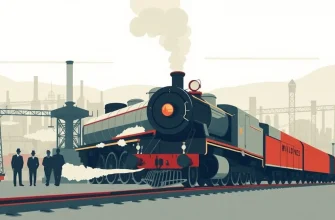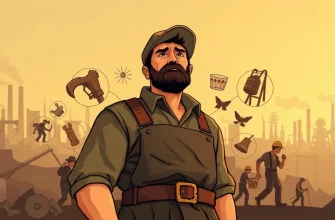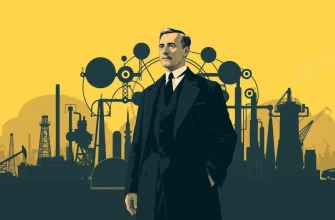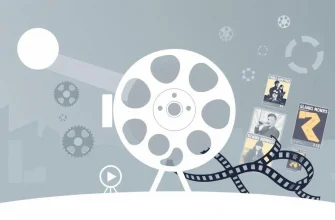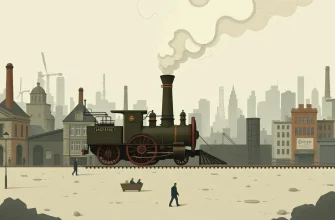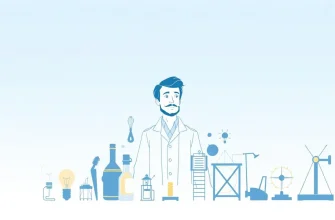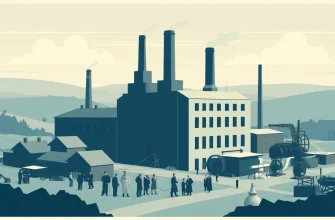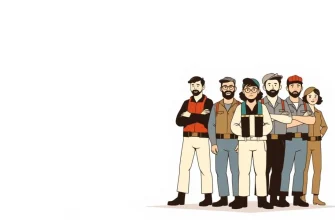Embark on a journey through time with our curated list of films that delve into the fascinating world of early railways. These movies not only entertain but also educate, providing a glimpse into the engineering marvels, societal changes, and human stories that accompanied the advent of rail travel. Whether you're a history buff, a train enthusiast, or simply love a good story, this collection promises to offer something for everyone, shedding light on the tracks that shaped our world.
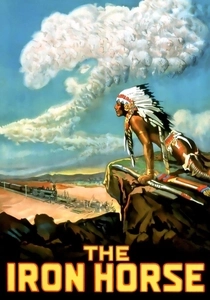
The Iron Horse (1924)
Description: This silent epic by John Ford tells the story of the construction of the first transcontinental railroad in the United States. It's a grand portrayal of the American West, the labor, and the vision that went into connecting the country by rail.
Fact: The film was one of the first to use extensive location shooting in the American West, capturing the vastness and the challenges of the landscape.
 Watch Now
Watch Now 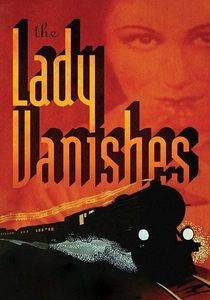
The Lady Vanishes (1938)
Description: Alfred Hitchcock's classic thriller set on a train journey from a fictional European country to England. While not directly about railway history, it captures the atmosphere of train travel in the 1930s, showcasing the intrigue and mystery that could unfold on such journeys.
Fact: The film was remade in 1979, but the original is celebrated for its suspense and the clever use of the train setting.
 Watch Now
Watch Now 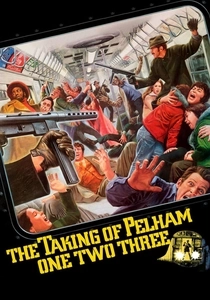
The Taking of Pelham One Two Three (1974)
Description: This thriller about a subway train hijacking in New York City might not focus on historical railways, but it showcases the complexity and vulnerability of urban rail systems, reflecting the evolution of public transport.
Fact: The film was shot on location in the New York City Subway, providing an authentic backdrop to the tense narrative.
 Watch Now
Watch Now 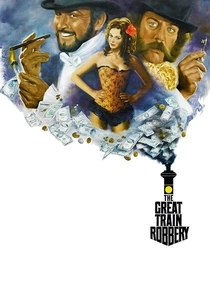
The First Great Train Robbery (1978)
Description: Starring Sean Connery, this film dramatizes the real-life Great Gold Robbery of 1855, where a group of criminals plan to steal gold from a moving train. It provides insight into the security measures of the time and the ingenuity of the thieves, set against the backdrop of Victorian England's railway boom.
Fact: The film was shot on location in England, using the historic South Devon Railway, which added authenticity to the Victorian railway scenes.
 Watch Now
Watch Now 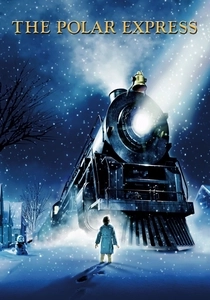
The Polar Express (2004)
Description: While a modern animated film, it captures the magic and wonder of train travel, echoing the historical significance of railways in fostering imagination and adventure. It's a journey to the North Pole that celebrates the spirit of Christmas and the joy of train rides.
Fact: The film used motion capture technology to create realistic animations, and the train itself was inspired by the Pere Marquette 1225, a real steam locomotive.
 Watch Now
Watch Now 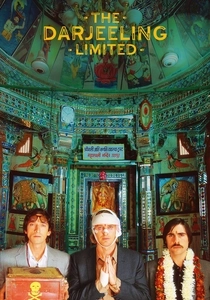
The Darjeeling Limited (2007)
Description: Wes Anderson's film follows three brothers on a train journey across India, reflecting on life, loss, and brotherhood. While not historical, it captures the romance and adventure of train travel, reminiscent of the early days of rail exploration.
Fact: The film was shot on the Darjeeling Himalayan Railway, a UNESCO World Heritage site, known for its narrow-gauge tracks and scenic beauty.
 Watch Now
Watch Now 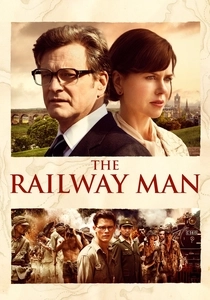
The Railway Man (2013)
Description: Based on the memoir by Eric Lomax, this film explores the life of a former British Army officer who was a prisoner of war during WWII, focusing on his experiences with the Thai-Burma Railway. It's a poignant look at the human cost of railway construction and the healing power of reconciliation.
Fact: The film features real locations from the Thai-Burma Railway, providing a stark visual reminder of the historical events.
 Watch Now
Watch Now 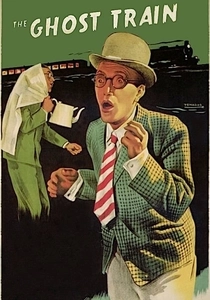
The Ghost Train (1941)
Description: This film, based on Arnold Ridley's play, revolves around passengers stranded at a remote railway station where a ghostly train is rumored to haunt. It's a blend of mystery, humor, and the eerie atmosphere of an old railway station, reflecting the era's fascination with the supernatural and the unknown aspects of railway travel.
Fact: The film was remade several times, but the 1941 version is particularly noted for its atmospheric setting and the use of real steam locomotives.
 30 Days Free
30 Days Free 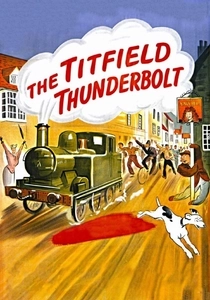
The Titfield Thunderbolt (1953)
Description: A delightful Ealing comedy about a group of villagers who take over the operation of their local railway line to prevent it from being closed. It's a celebration of British eccentricity, community spirit, and the love for steam trains, showcasing the early days of railway preservation.
Fact: The film was inspired by the real-life preservation efforts of the Talyllyn Railway in Wales, one of the first preserved railways in the world.
 30 Days Free
30 Days Free 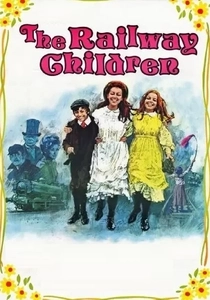
The Railway Children (1970)
Description: This heartwarming British film captures the essence of early 20th-century railway life through the eyes of three children whose father has mysteriously disappeared. Their adventures and interactions with the railway workers and passengers highlight the community spirit and the pivotal role railways played in connecting people.
Fact: The film was shot on the Keighley and Worth Valley Railway, which is now a heritage railway. The iconic scene where the children wave to the passing train has become a symbol of the film.
 30 Days Free
30 Days Free 

